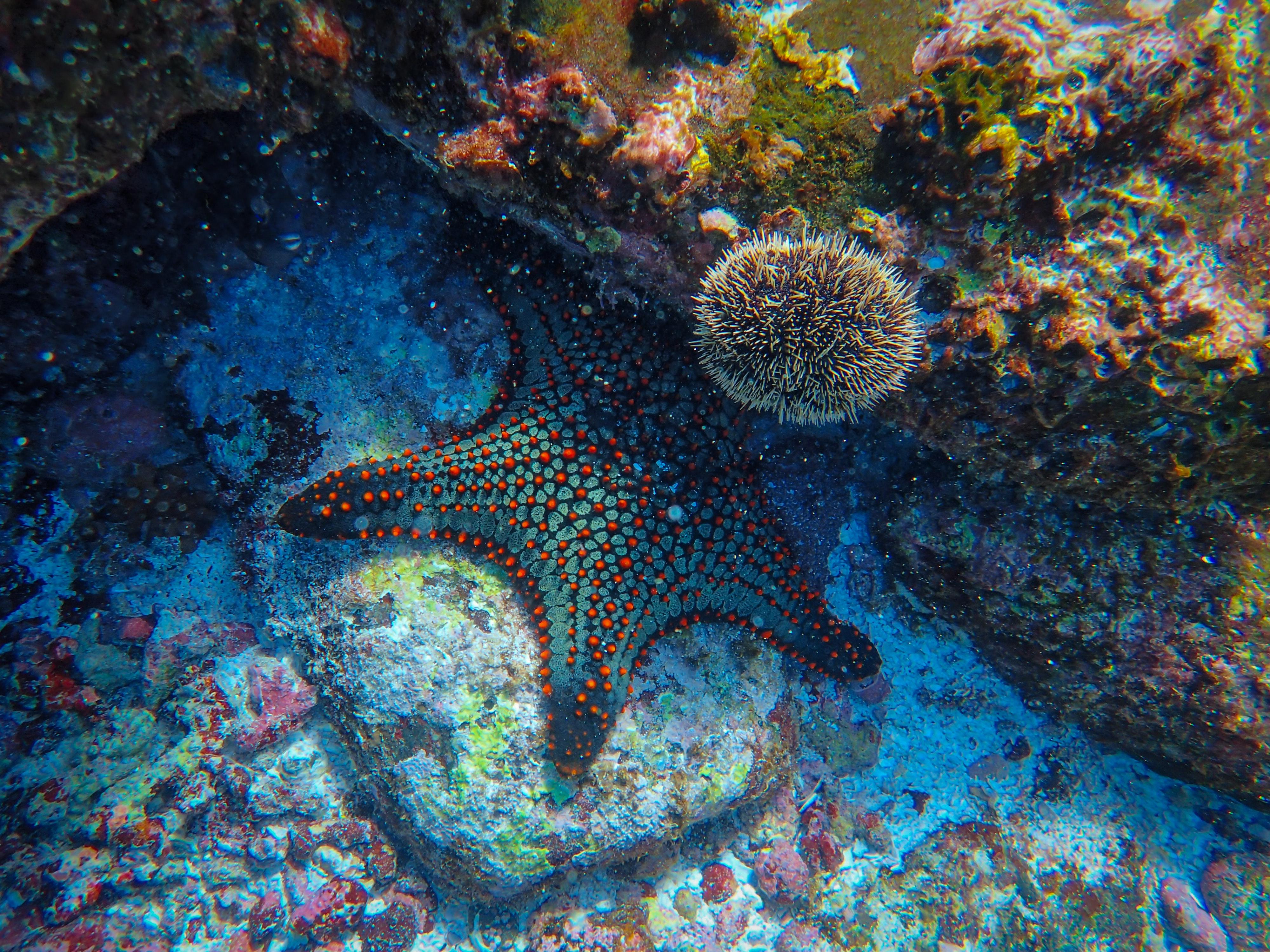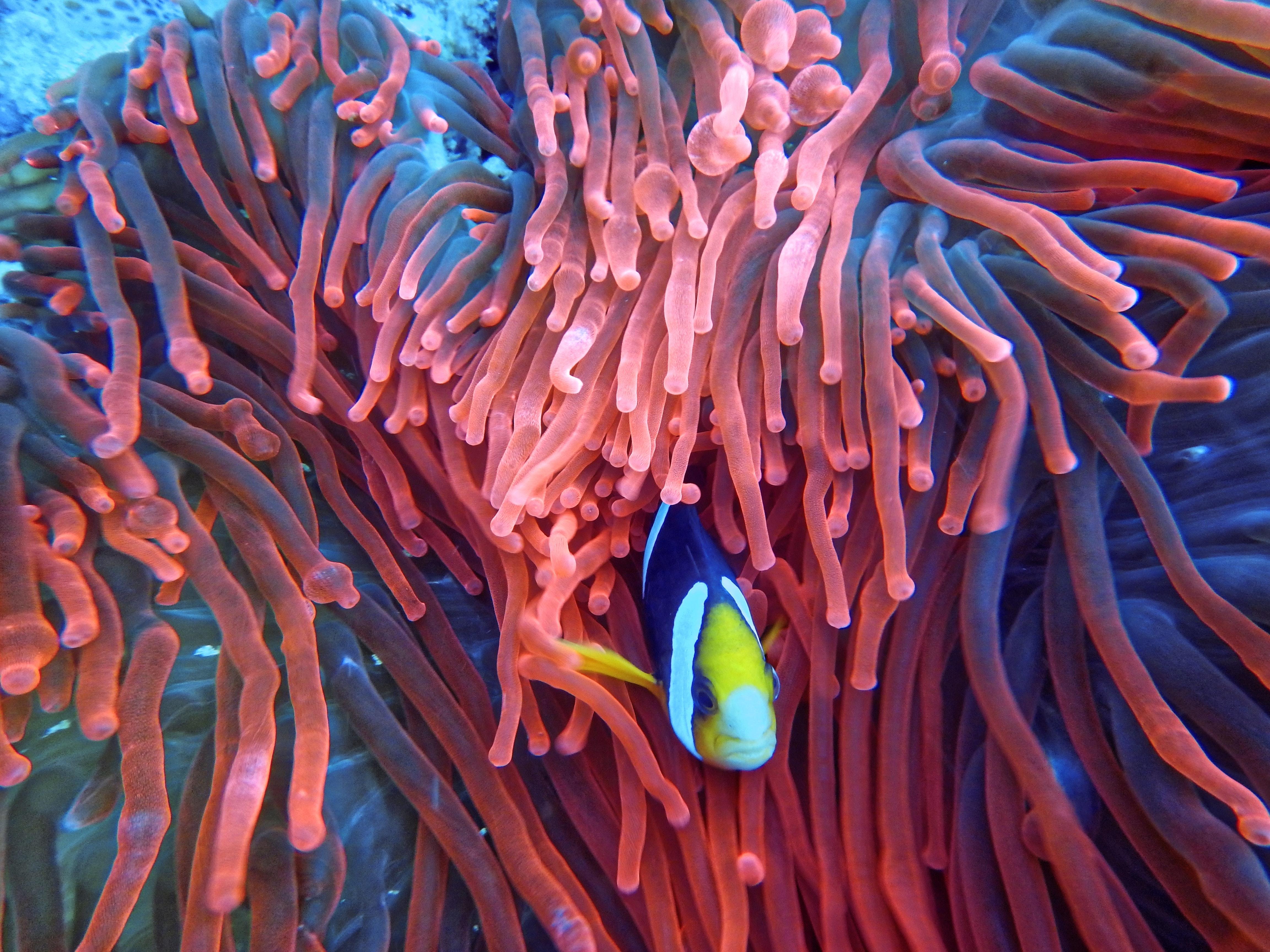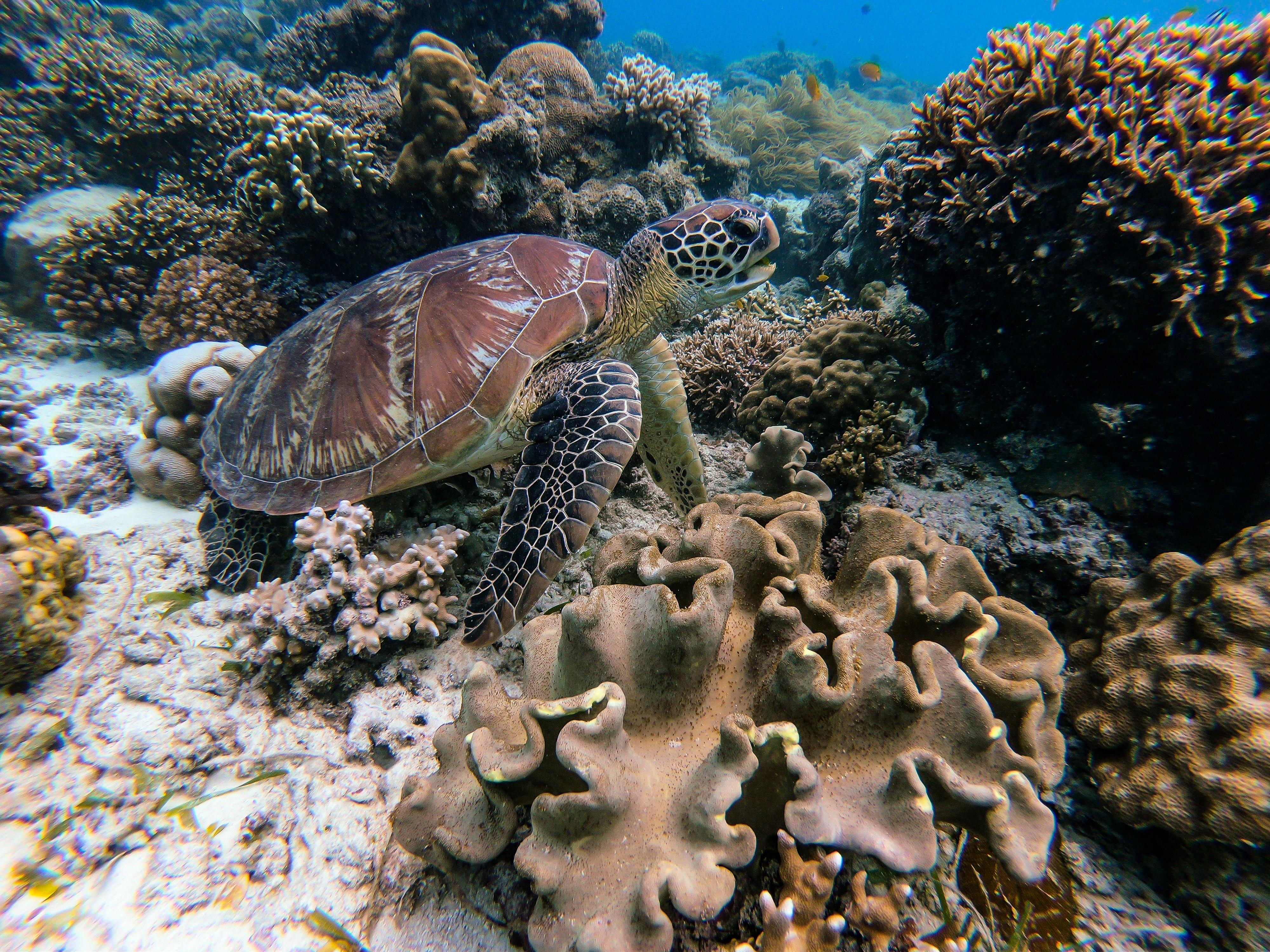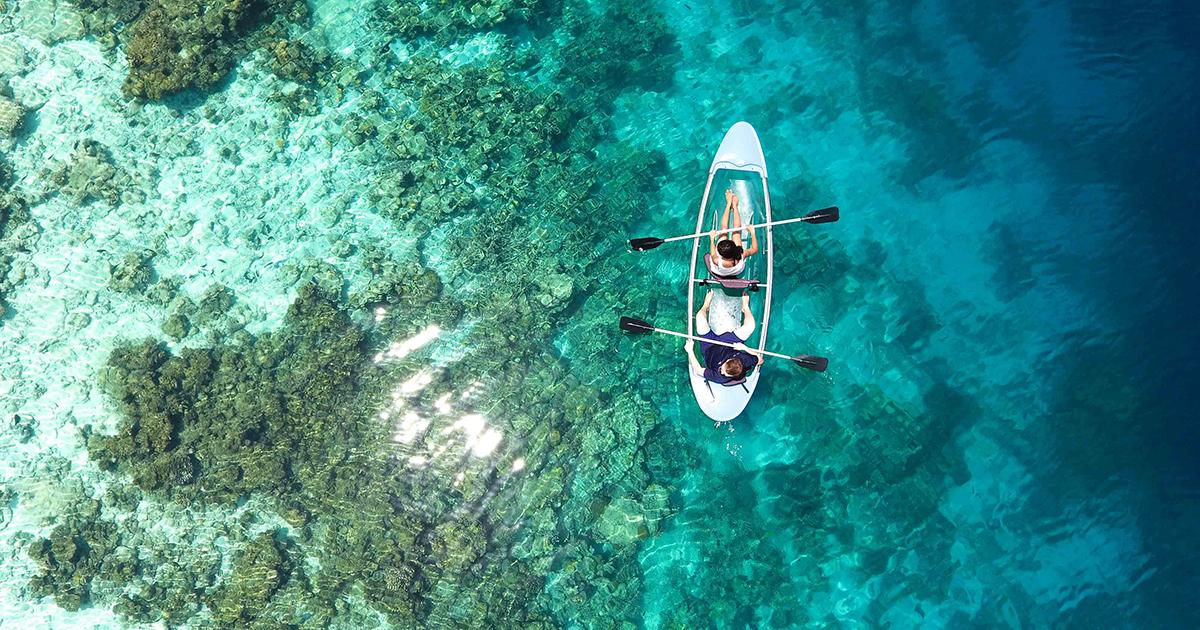In a new report published this September, the long-term outlook for the Great Barrier Reef in Australia has been downgraded from ‘poor’ to ‘very poor’. This downgrade is a reflection of the global state of coral reefs which have been in decline, in many cases, for several decades.
More recently, coral reefs have been subjected to ocean heat waves that lead to coral bleaching, whereby coral colonies expel their symbiotic algae. Mass mortality of coral colonies often, therefore, result from these ocean heatwaves. The Great Barrier Reef was subjected to intense bleaching events in 2016 and 2017, and mortality from these events has led to the downgrade in the outlook of this reef system.
 In response to the ongoing decline in coral cover on the World’s coral reefs, several trial restoration programs have been established at multiple locations across the globe. The programs use a range of techniques including fragmenting, growing and deploying small coral fragments to collecting and crossing gametes to drive sexual reproduction of corals. However, a defining attribute of these programs is that they operate at small spatial scales; typically, on the scale of a few hundred of square meters. Also, despite these small spatial scales, reef restorations as currently practiced require extensive underwater labor time as these methods mostly rely on the manual handling of corals in every step of the restoration process.
In response to the ongoing decline in coral cover on the World’s coral reefs, several trial restoration programs have been established at multiple locations across the globe. The programs use a range of techniques including fragmenting, growing and deploying small coral fragments to collecting and crossing gametes to drive sexual reproduction of corals. However, a defining attribute of these programs is that they operate at small spatial scales; typically, on the scale of a few hundred of square meters. Also, despite these small spatial scales, reef restorations as currently practiced require extensive underwater labor time as these methods mostly rely on the manual handling of corals in every step of the restoration process.
The total global area of coral reefs varies from an estimated minimum of around 255,000 square kilometers to other estimates suggesting a much higher number. Therefore, restoring reefs using current practices performed at micro-scales will make the task of reversing the global decline in coral cover challenging. While not every square meter of every reef needs to be restored, for many reef areas restoring a few hundred square meters of the reef will be insufficient to ensure that crucial ecosystem function and biodiversity values are maintained.
 Learnings from Land
Learnings from Land
Lessons learned from one of the very stressors that have led to declines in coral cover, namely agricultural practices, can be used to scale up reef restoration efforts effectively. It can be argued that current coral restoration practices are at around the same state as agricultural practices were in the Middle Ages. In fact, for most of human history, global agricultural yield grew by simply clearing and opening up new land for agriculture, and applying more and more labor. In other words, the per-area productivity remained more or less the same, but total productivity and yield occurred by using the same practices to more areas.
By contrast, during the twentieth century, per-area agricultural productivity rose dramatically, and in many cases, corresponding labor productivity rose by several orders of magnitude. This was the result of the development and application of technology such as standardized machinery (in the form of tractors), fertilizers and pesticides, and selectively bred and engineered seeds. Labor productivity of current reef restoration practices is currently around two to three orders of magnitude less than modern agricultural equivalent labor productivity rates. However, as shown by the development of the agricultural sector, the required productivity gains are potentially possible. If these gains could be achieved, then reef restoration practices could reverse the global decline in coral cover.
 The development of current practices has mostly focused, to date, on the biological and ecological aspects of reef restoration intervention techniques. While this is necessary, it is also insufficient without step changes in deployment technology and methods and the corresponding increase in labor productivity.
The development of current practices has mostly focused, to date, on the biological and ecological aspects of reef restoration intervention techniques. While this is necessary, it is also insufficient without step changes in deployment technology and methods and the corresponding increase in labor productivity.
Labor productivity is generally defined in terms of the area restored per worker per year. Hence, high labor product usually implies high restoration cost, as the significant cost component of restoration is labor. While labor costs in many nations hosting coral reefs is low by comparison to many industrialized countries, this simply means that reef restoration in these nations is less expensive by comparison to more industrialized nations. But then so is everything else.
Securing labor for reef restoration in any nation must compete with other sources of local employment. This conundrum can only, therefore, be addressed if foreign capital derived from more industrialized countries ((i.e., aid or philanthropy) is used to fund reef restoration in less industrialized nations. This then exposes less-developed nations to the well-known downsides and dependencies of aid funding.
 While the apparent challenge of developing better ecological restoration techniques remains, work on the associated and dependent challenge of scaling up restoration deployment interventions has barely commenced.
While the apparent challenge of developing better ecological restoration techniques remains, work on the associated and dependent challenge of scaling up restoration deployment interventions has barely commenced.
By Dr. Mark T Gibbs, Director of Knowledge to Innovation, Institute for Future Environments, Queensland University of Technology





